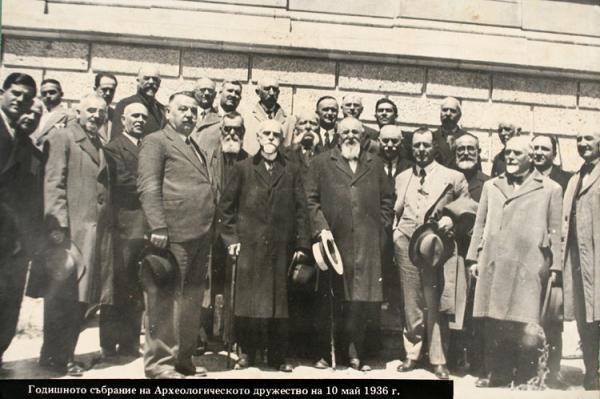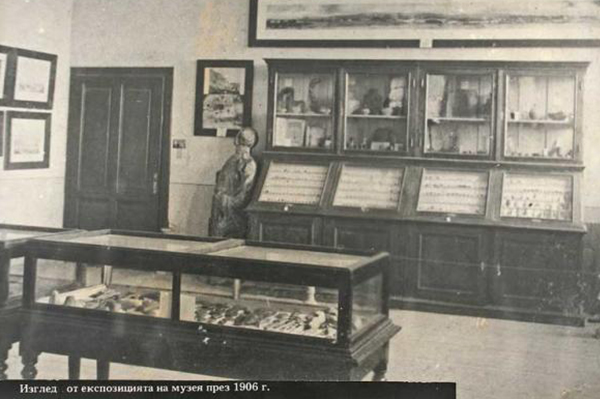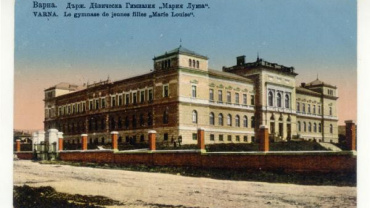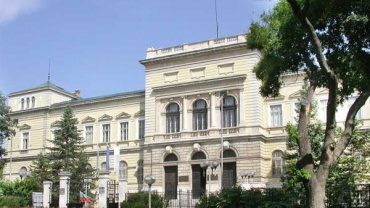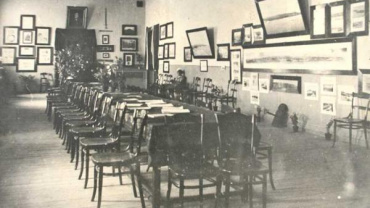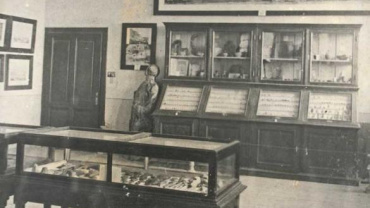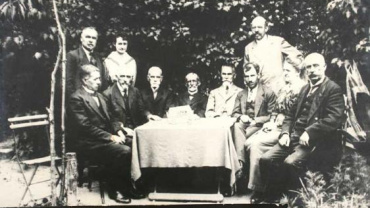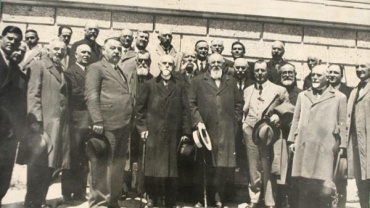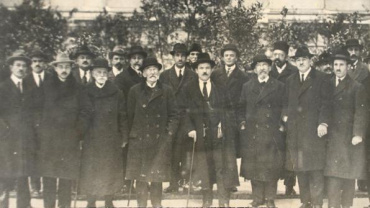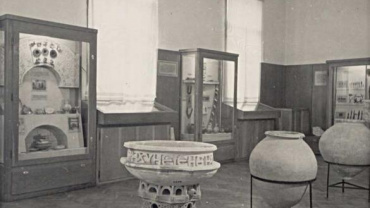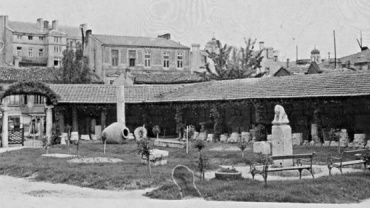Archaeological Museum
Winter working hours
October: 10.00 – 17.00 (holidays Sunday and Monday)
November – April: 10.00 – 17.00 (closed on Saturday and Sunday)
Summer working hours
May: 10.00 – 17.00 (Sundays and Mondays closed)
June – September: 10.00 – 17.00 (the museum works without a day off)
Address
Varna, 41 “Maria Luiza” Blvd
Phones
+ 359 52 681011 (Central)
+ 359 52 681030 (Information)
Fax+ 359 52 681025
About the museum
A very important role in the growth of the archaeological collection was played by the creation of the Varna Archaeological Society (VAD) on December 12, 1901. Already at the founding meeting, the decision was made that the society would do everything necessary to organize a city museum that would search for, preserve and study the monuments from the past of Varna District. This decision was not accepted willingly by the Central Archaeological Society in Sofia and by the Ministry of Interior. A number of disagreements arise between the local societies and Sofia on the issue of whether they have the right to create museums in the province. This is also one of the conditions for VAD to accept becoming a branch of the Central Archaeological Society in Sofia. As a result of lengthy correspondence, in 1902 the Ministry of Education and Culture allocated a room in the Varna Girls' High School to store the collected antiquities. At the same time, Dr. Iv. Basanovich, as a municipal councilor and member of the VAD, took the initiative to create a city museum. As a result, on June 5, 1902, the Municipal Council approved the draft charter of the Varna Archaeological Museum. The provision of the necessary premises was delayed for a long time by the MNP, and only an archaeological collection remains in existence in the basement premises of the Girls' Gymnasium with curator K. Shkorpil and three assistants-members of the society.
History
After a long preparatory work, on June 11, 1906, a room was secured in the attic of the Girls' High School and the District Museum was solemnly opened. Its charter states that the goal is to familiarize the population with the history of the county from the earliest times to the present day. It was planned to separate three departments: Archaeological-historical, Folkographic (ethnographic) and Natural. Later, on the basis of the numerous ancient materials, the museum was formed as an archaeological one. In 1915, the principal of the high school took away the attic room and the museum was moved back to the basement. During the First World War, the exhibits were put away to save them from looting and possible destruction in the bombing of the city. In 1923, the Archaeological Museum returned to the old attic. Due to K. Shkorpil's great commitment to the activities of the VAD, new people were attracted to the museum. Since 1924, St. was appointed to a full-time position. Andreev, who remained curator until 1926. From then until 1936, the curator of the museum was Archimandrite Innokentius, who developed exceptional collecting and promotion activities. At that time, the museum was moved to the great hall and corridor on the second floor of the Girls' High School. Since 1931, the Ministry of Education and Culture introduced the practice of seconding teachers of compatibility as curators of the Archaeological Museum. From 1931 to 1933 - Milen Sakazov, drawing teacher at the Men's High School. In 1932 - Milko Mirchev, teacher of classical languages. The Archaeological Museum in Sofia also seconded curators to the Varna Museum. From 1933 to 1935 - Stoyan Velkov, and from 1936 until his death in 1950 - Sergey Pokrovski. In 1942, Milko Mirchev was seconded to the museum again, who, after the death of K. Shkorpil, was the director of the Varna Museum from 1945 to 1962, and then the head of the Varna Archaeological Museum.
In 1945, the Varna museum was declared state-owned. In 1950, he was given the building of the original school on "Sheynovo" street. His new exposition was opened there in 1952. From March 3, 1983, the first floor of the Girls' High School building with the relevant funds on the ground floor was provided for the exposition of the Archaeological Museum as part of the new History and Art Museum. Since 1993, the building of the Girls' High School has been completely occupied by the restored Archaeological Museum. A new exposition was created with an expanded area of about 2,000 square meters, and a permanent exposition of icons from the 16th to the 19th centuries was presented there.
Today, the Varna Archaeological Museum is among the largest museums in the country. It houses some of the most remarkable and valuable monuments of world culture. It has become a cultural and scientific center with many highly qualified specialists. The museum and its collections present Bulgaria at dozens of national and international exhibitions. With his solo exhibitions, he visited famous museums in France, Germany (twice), Japan, Israel, Italy and at the world exhibitions in Seville (Spain)–1992 and Lisbon (Portugal)–1998. The monuments from the exposition and the museum's funds are the basis for the work of a number of our and foreign specialists. The exhibits and museum sites Aladzha Monastery and Roman Baths are one of the most visited by the thousands of tourists on the Bulgarian Black Sea coast.
Prof. Dr. Valentin Pletnev
The building
The building was built in 1892 - 1898 according to the project of the prominent Bulgarian architect. Petko Momchilov for school - Girls' High School.
For many years, the school housed the collections of the Varna Museum, only to house them again from 1983 onwards. It was built in the late Baroque style with basement rooms and two floors. It is almost square in shape with a spacious courtyard.
The exhibition area of the museum is 2,150 square meters, the funds, the library and the Educational Children's Museum are separate.
Some of the rooms and corridors are decorated with decorative murals. A continuous corridor goes around the entire building, from which you enter the exhibition halls. A wide staircase from the south leads to a lobby where the information desk and the museum's souvenir and publication kiosk are located. It connects to the exhibition halls on the first and second floors, to the inner courtyard, the toilets and the cafe, as well as to the basement where the library and the Educational Children's Museum are located.


